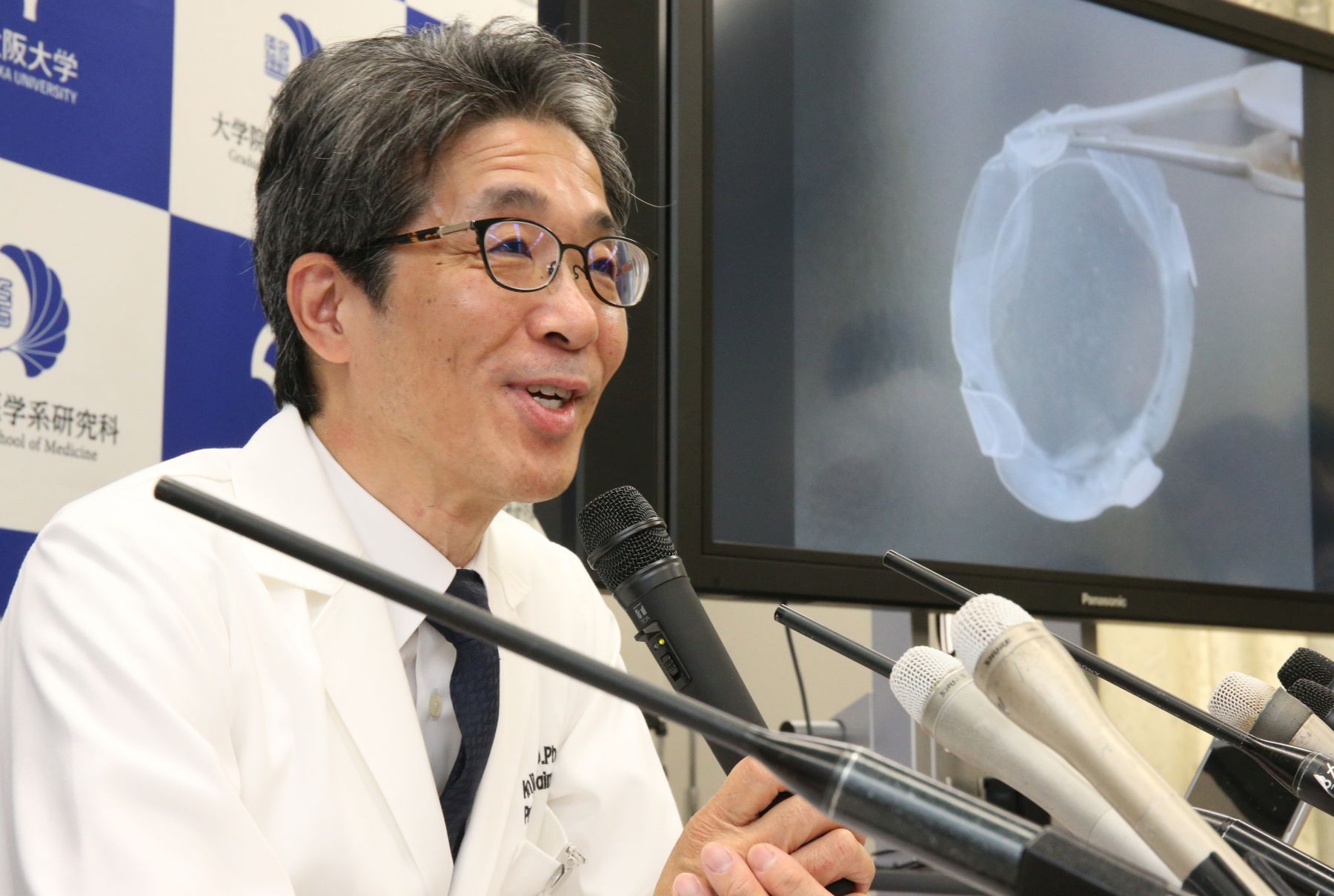A Japanese woman has become the very first person to have ever received an iPS corneal transplant. The feat is being touted as an amazing feat of medical advancement. A team from Osaka University in Japan carried out the very first corneal transplant in July by relying on stem cells.

Corneal transplants have been possible before as well, but patients had to rely on corneas that came from deceased donors. In Japan, a stark shortage of available corneas exists with about 1,600 patients waiting for them. This is where the new surgery comes in with its potential of helping thousands eventually millions of people.

Kohji Nishida was the person who was leading the University’s team that carried out the transplantation on the left eye of the woman. The woman is in her ‘40s and was suffering from corneal epithelial stem cell deficiency that could potentially lead her to blindness.
The surgery took place on July 27, and the patient was discharged on August 23. She is still undergoing close monitoring, but the doctors have said that she is recovering quite well and can actually see better out of her eye that has undergone surgery. In fact, she can see well enough that she has resumed her daily life. Nishida said, ‘We have only conducted the first operation, and we are continuing to monitor the patient carefully.’

Nishida and his team members are all set to carry out the same kind of operation on three more patients before 2020 ends. The final goal of this research is to make sure that the treatment becomes practical within five years from now. The cornea is the transparent layer that engulfs our eye and imparts protection to it from external factors and residue. It regenerates itself naturally and heals itself via regenerated cells.
When a person suffers from the corneal disease, the cells in the eye basically cease the production of the cornea on account of illness or injury. This can eventually lead to loss of vision or even complete blindness. The team was able to transplant a thin layer of the corneal tissue – a cell sheet that was only 0.03-0.05 millimeters thick – using induced pluripotent stem cells or iPS from another person.

The team believes that a single surgical transplant would be sufficient enough to last the patient for a lifetime. The iPS stem cells were first discovered by a Japanese stem-cell biologist, Shinya Yamanaka at Kyoto University. He was awarded the Nobel Prize for his discovery.


